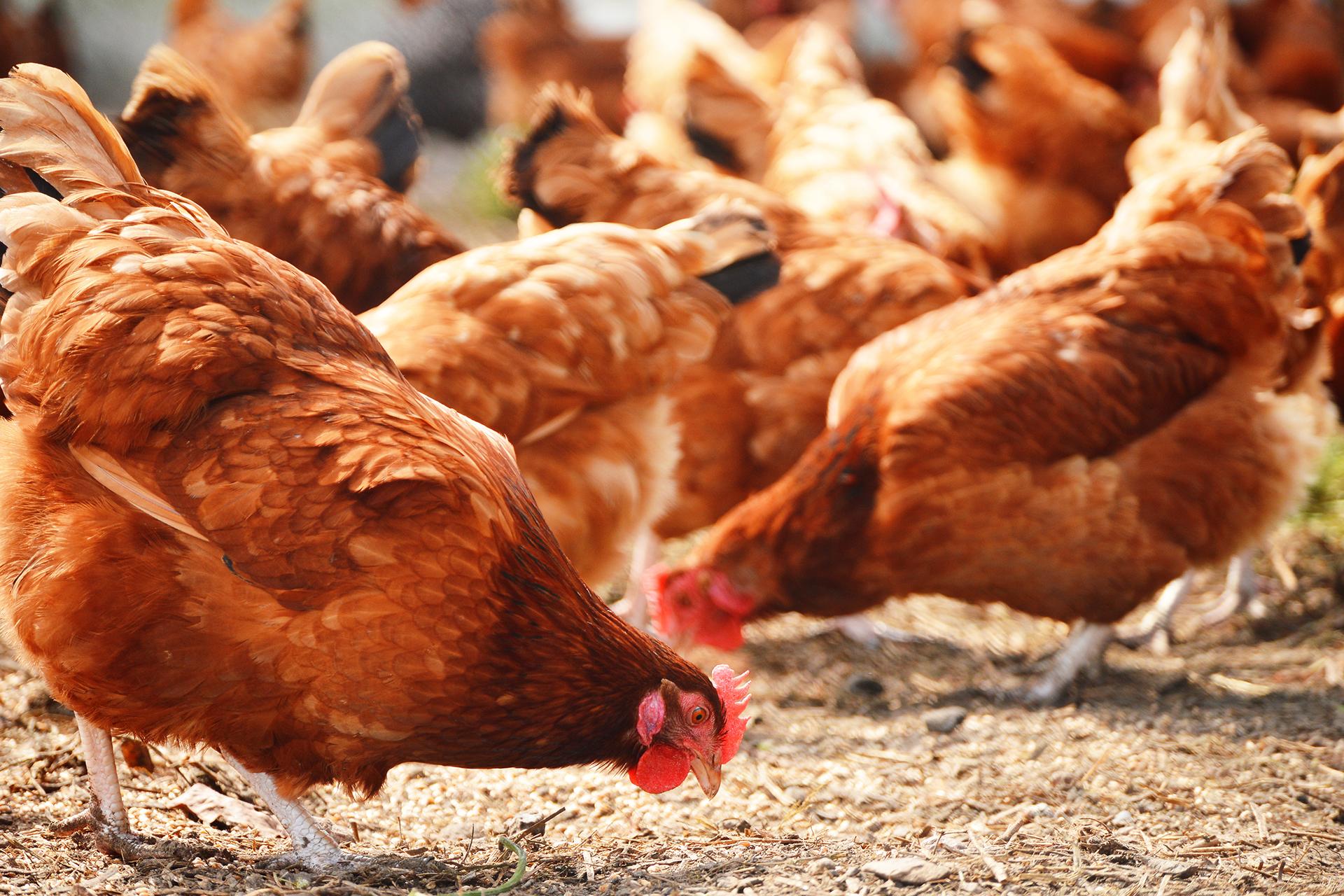Researchers at The Pirbright Institute have developed new tools and techniques to determine the breadth of immune responses produced by vaccines against different variants of infectious bursal disease virus (IBDV).
IBDV is a major threat to the productivity of the global commercial poultry industry. The virus not only causes severe disease but also suppresses the immune response of birds, leading to increased susceptibility to other infections.
The main method of protecting poultry against disease is through vaccination. However, there are several variants of IBDV spreading in different parts of the world. Therefore, there is a need to determine whether a vaccine against one strain will produce an immune response against other variants of the virus, and ultimately a need to establish how many different variants a vaccine will protect against.
It can be difficult to obtain strains from different countries, Pirbright researchers have developed a new ‘“reverse genetics’” technique in the lab, engineering artificial IBDV strains that mimic IBDV variants from the UK and Europe, USA, Australia, China, and Mexico.
Within the study, published in the Journal of Virology, the scientists also developed new tools to test a European vaccine and determine the breadth of immune responses it generated against strains from different countries and continents.
Pirbright researchers found that the European vaccine produced strong responses against UK and European strains, but much weaker immune responses against some of variants from other countries.
If these variants enter UK flocks, there is a risk that vaccines currently in use in the UK would not be protective.
The researchers are using the new tools and techniques developed in this study to identify the reason why the vaccine induced weaker immune responses against some of the variants.
Senior Postdoctoral Scientist Dr Vishi Reddy in the Viral Oncogenesis group said “We are aiming to identify the key virus mutations that are responsible for the difference in the immune response elicited by the vaccine. By identifying these key mutations, we hope to develop a vaccine in the future that protects against all the variants.”
This work was supported with grant funding from the Biotechnology and Biological Sciences Research Council (BBSRC), part of UK Research and Innovation.
Image caption: Flock of chickens pecking at ground. Credit: monticelllo.
